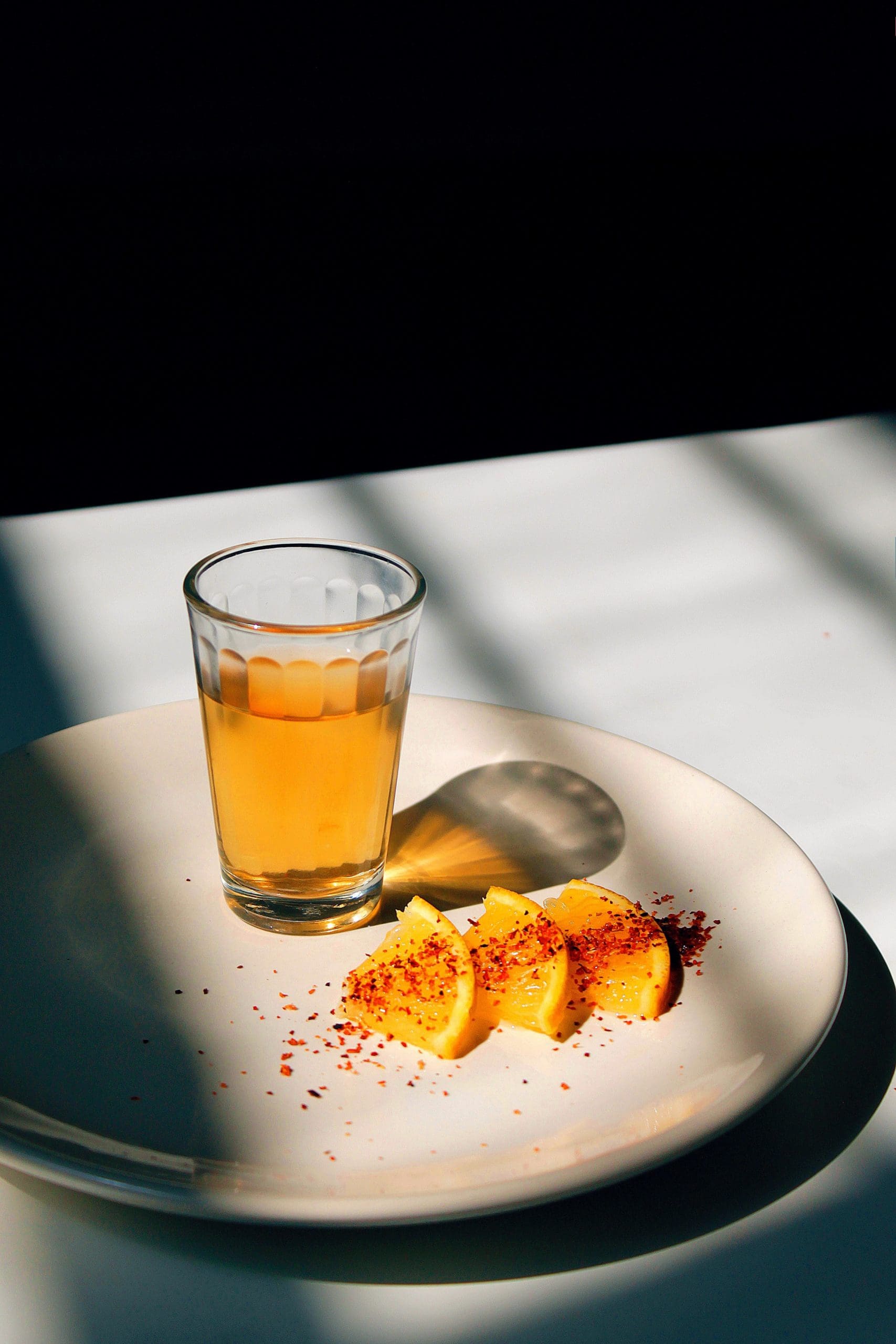Before proceeding, let’s review some “ground rules” about tequila. To be considered “tequila”, the liquor needs to be composed of a minimum of 51 per cent blue agave. Blancas (white) tequilas are typically unaged. Reposadas (rested) tequilas have been aged less than a year and at least 60 days. And añejas (old) must have spent between and three years aging in barrels.
Today, I am reviewing Patrón‘s offerings in all three categories, a triathlon of sorts.
I will start, of course, with “silver”, the unaged tequila. It’s not Patrón’s fault, but this is the tequila associated in my mind with one too many shots. The smell is lemony and the taste is rather bland, with a sour finish. Personally, I would save that one for shots and mixed drinks. So … sip or mix?
Would I sip it? Nope. Would it be blasphemous to mix it? I would want to mix it every time.
I’m happy to turn my attention to the reposado, a tequila I have less unfortunate experiences with. Comparing smells, it’s like the lemons have turned into molasses. The aroma is deeper and darker. There is also a new, low note from the oak, with which the tequila has taken a quick nap. It’s almost right at the halfway point between the exuberant and distinctive smell of fresh tequila, and the deep aroma of the oak. Taste wise, it is also balanced between the acidity of the agave and the oak tone. Is it delicious? It’s time for another “sip or mix test”.
Would I sip it? Yes. Would it be blasphemous to mix it? No
It is strange calling anything “old” after only one year, but it is time to try the añejo from Patrón. The nose is bright and tart, with accents of lime. The taste is smooth, with a fairly long aftertaste of marzipan and cherry. Both reposado and añejo are clearly better than silver, in my view. But it is harder to say which one out of the first two is best, and since the price difference is about $20, I would vote for reposado over añejo. —Guillaume Garih

Be the first to comment